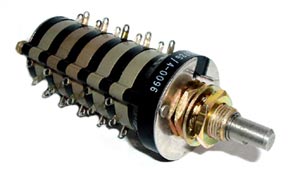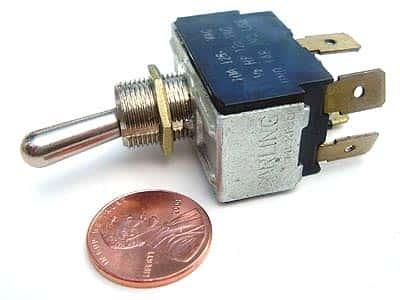We are familiar with appliances such as wine coolers, freezers, and refrigerators. They keep out beverages and food cold, extending their useful life. Most often, these appliances have lights that illuminate the insides when the user opens their doors. Since the lights only need to be on when the user opens the door, usually, the designer of such appliances place a sensor to detect the opening and closing of the door.
A sensor of the Hall-effect type can detect the position of the door. In refrigerators, the position of the sensor is within the frame, while a permanent magnet is placed on the door directly opposite the Hall-effect type sensor. For refrigerators with multiple doors, each door needs a magnet and for the detection, each magnet must have a corresponding sensor placed in the frame. The adjustment of proximity of each Hall-effect type sensor and magnet pair is such that the Hall-effect type sensor detects the magnet only as the door closes completely.
An electronic control unit inside the electronics assembly of the refrigerator monitors the output from the Hall-effect type sensors and turns the lights on or off as necessary. Hall-effect type sensors can detect a variety of proximity- and position-sensing applications such as when there is a need to discover the proximity of a moving part relative to a sensor placed in a fixed location.
For instance, Hall-effect type sensors can help to stop the motor opening or closing a garage door once the door has reached its desired position. Typically, this needs a system of two Hall-effect type sensors to detect the two dominant positions of the door—open or closed. Each sensor also needs a corresponding magnet to trigger it.
The position of one of the magnets on the drive chain of the garage door opener places it directly next to the sensor that detects a closed door. The position of the other magnet, also on the drive chain, is such that the drive chain brings it next to the other Hall-effect type sensor as the door opens completely.
Hall-effect type sensors are preferable to other sensors such as reed relays, as the former has no moving electrical contacts, resulting in long life and improved reliability. Other applications that use Hall-effect type sensors effectively are vending machines, security locks on doors, vacuum cleaners, washing machines, dishwashers, and similar applications requiring door- and lid-position sensing.
A flow switch is another application that benefits from the use of a Hall-effect type sensor, which detects the motion of a piston, paddle wheel, or a valve fitted with a permanent magnet. For instance, this arrangement suits tankless water heater units, where the flow sensor has a permanent magnet fixed to a piston. The increasing presence of water pressure in the system moves the piston and its associated magnet near to a permanently positioned Hall-effect type sensor. This causes the output of the Hall-effect type sensor to change and it signals the presence of flowing water.
Similarly, a turbine can have a magnet attached to its blades. As the blades rotate, the magnet passes by a fixed Hall-effect type sensor. The speed at which the blades rotate is proportional to the fluid flowing through the turbine.




 Here are some other uses:
Here are some other uses: